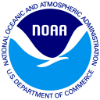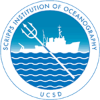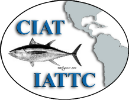Purpose
In 2007, the Reauthorization of the Magnuson-Stevens Fishery Conservation and Management Act strengthened the role of science in fishery management decision-making and required that formal Fishery Management Plans adopt catch limits and related accountability measures for exploited marine populations. An important stipulation in this legislation required that Federal marine management more efficiently monitor fisheries in the future to stem overfishing and develop long-term sustainable fishing practices. To achieve these goals, the National Oceanic and Atmospheric Administration (NOAA Fisheries) identified critical needs for: (1) higher quality and more frequent stock assessments on a comprehensive range of species that can be used to objectively provide sound advice to fishery managers concerning appropriate harvest strategies; and (2) increased attention to preparing potential researchers for stock assessment work, including educational commitments and focused research on quantitative methods generally employed in population ecology and specifically, stock assessment modeling.
In 2012, the Center for the Advancement of Population Assessment Methodology (CAPAM) was established to: (1) improve quantitative methods generally used in stock assessment modeling efforts, whereby research is focused on parameterization and simulation involved in determining good practices for developing robust fishery models; and (2) afford the educational and training opportunities necessary to produce competent researchers and ultimately, the next generation of stock assessment scientists.


